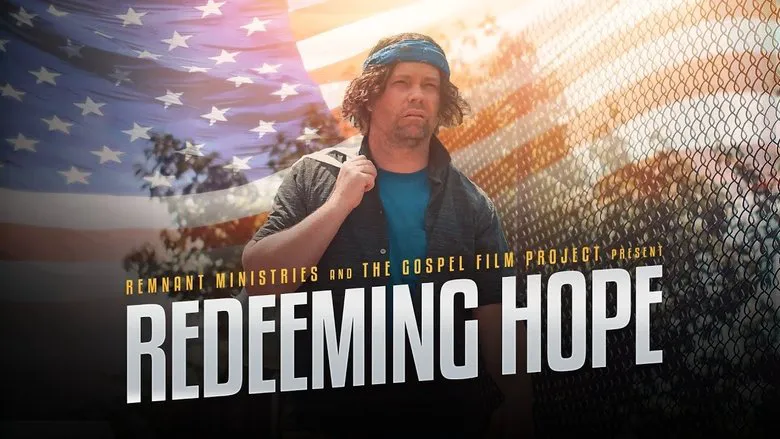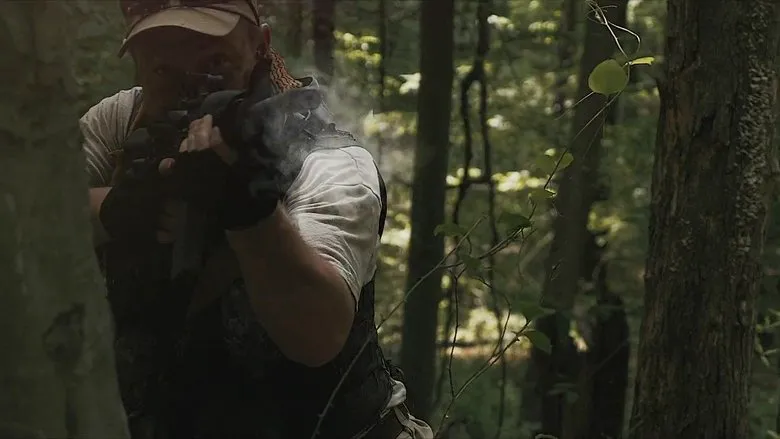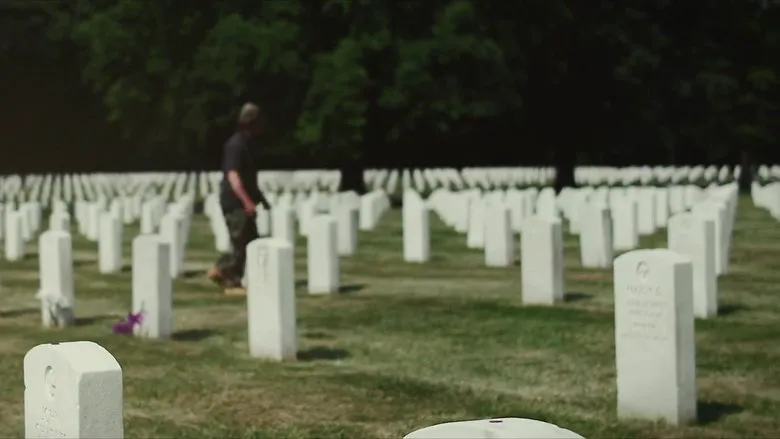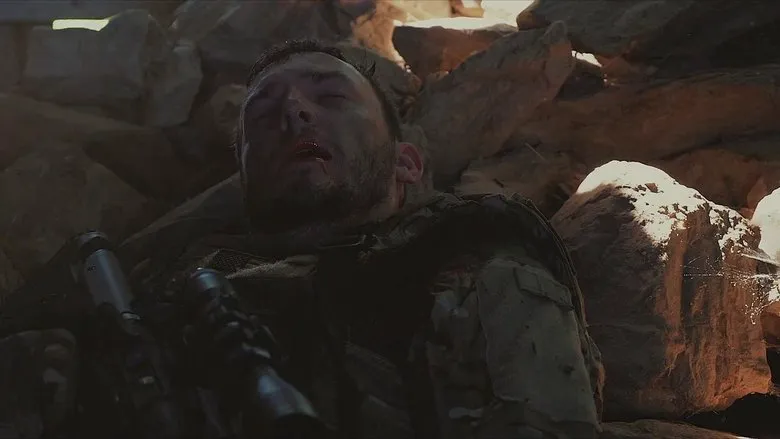Behind the Scenes of “Redeeming Hope”: A Journey Through Despair to Illumination
“Redeeming Hope” stands as a powerful testament to the resilience of the human spirit, a cinematic journey that delves into the darkest corners of existence only to emerge into the light of possibilities. This isn’t just a film; it’s an immersive experience designed to resonate deeply with audiences, exploring themes of PTSD, addiction, and the profound yearning for redemption that resides within us all. But what went into crafting such an emotionally charged and meticulously realized world? Let’s take a look behind the curtain.
A Difficult but Crucial Depiction: The Character of Denver McCabe
At the core of “Redeeming Hope” is Denver McCabe, a homeless veteran battling the relentless specters of PTSD and addiction. Bringing Denver’s character to life was arguably the most challenging, yet most vital, aspect of the production. The creative team aimed for a portrayal that was unflinching in its honesty, refusing to romanticize or simplify the harsh realities faced by veterans suffering from complex trauma.
The script, a deeply empathetic exploration of Denver’s inner turmoil, meticulously detailed his descent, his moments of desperation, and the faint, yet persistent glimmer of hope that propels him forward. Discussions between the director, writers, and the lead actor focused heavily on understanding the psyche of someone grappling with such profound pain. Research included consultations with veteran organizations and experts in addiction recovery to ensure authenticity and respect for the subject matter.

The challenge was to show Denver’s shattered state without reducing him to a caricature, to convey his struggle in a way that evokes empathy rather than pity. Every stammer, every weary glance, every desperate search for solace was crafted to reveal the layered complexity of a man fighting for his very soul. The performance required immense dedication, spending time understanding the physical and emotional toll that a life on the streets, coupled with internal battles, can inflict.
Crafting the Lived-in World: Authenticity on the Streets
The streets serve as more than just a backdrop in “Redeeming Hope”; they are a character in themselves, a harsh and unforgiving landscape that mirrors Denver’s internal desolation. The production team faced the task of creating environments that felt authentic and lived-in, reflecting the grim reality of homelessness while still allowing space for moments of poignant beauty.
Filming on location, often in challenging urban environments, was key to achieving this realism. The art direction focused on every detail, from the worn textures of Denver’s clothes to the subtle decay of the city around him. Cinematography played a crucial role in capturing the bleakness, often employing muted color palettes and stark lighting to emphasize Denver’s isolation.

However, even amidst the grit and despair, there were deliberate choices to hint at the hope brewing beneath the surface. A shaft of light through a grimy window, a burst of color in an otherwise drab scene, or a carefully composed shot emphasizing connection rather than isolation – these elements were strategically woven in to remind the audience that redemption is not an abstract concept but a tangible possibility.
The Ensemble of Empathy: Building a Path to Healing
Denver’s journey toward recovery isn’t a solitary one. His interactions with other characters — Rachel, a kindred spirit; Marcus, the wise counselor; and Emily, whose innocence proves deeply affecting — are pivotal to his transformation. The casting process for these roles was meticulous, with the creative team seeking actors who could embody the empathy and resilience that these characters represent.
The dynamic between Denver and Rachel was particularly important. Their shared experiences of despair and the tentative steps they take towards healing together needed to feel genuine and earned. Rehearsals focused on building a believable rapport, emphasizing the unspoken understanding that forms between individuals who have walked similar, difficult paths.

Marcus’s character, as a guide and mentor, required an actor who could convey wisdom and compassionate firmness without resorting to clichés. His scenes with Denver often involved delicate emotional negotiations, showing the slow, arduous process of building trust and acceptance. Emily’s innocent optimism served as a stark, yet crucial, contrast to Denver’s hardened existence, and portraying this effectively demanded a performance that was both vulnerable and quietly powerful.

The Director’s Vision: Illuminating the Human Spirit
The director’s vision for “Redeeming Hope” was clear from the outset: to create a film that was not simply about suffering, but ultimately about the triumph of the human spirit. The narrative pacing was carefully orchestrated, allowing Denver’s slow, agonizing progress to feel authentic, a series of small victories accumulating into a profound transformation.
The film’s score also played a significant role, shifting from melancholic and desolate tones in the early stages to more hopeful and uplifting melodies as Denver finds his footing. Every artistic choice, from the set design to the sound mix, was made to underpin the central message: even when all seems lost, hope can flicker, and with it, the chance for redemption.

“Redeeming Hope” is a film born from a desire to shed light on difficult truths but, more importantly, to inspire. The stories of Denver and those who help him are a powerful reminder of how interconnected we are, and how an act of compassion, a shared moment of understanding, or even just a quiet cup of coffee can ignite the flame of new beginnings. It’s a testament to the profound belief that no one is beyond redemption, and that healing is always possible, no matter how daunting the journey back to oneself may seem.
